Five years ago, we had yet to make or sell any wine, we had no winery, we were living in Houston. If we knew then what we know now, blah blah blah. Anyway, here we are, we have built a winery, planted vineyards, opened a restaurant and sold wine all over the United States and Canada, and now we are very close to achieving something that I think is even more impressive
We will continue with more experiments and continue adding compost. Little by little we are building the soil and hopefully we will start a sort of snowball effect, better soil makes the ground cover healthier and healthier ground cover improves the soil, and so on.
I wrote my first post on this blog on August 28, 2016. Over the years, updates to the blog became sparse—not because we weren’t working and making progress, and not because I no longer felt it was valuable, but because what began as a curiosity and a hobby had turned into something completely different.
A year later and we have our own winery and we obtained loans that allowed us to make over 17,000 bottles of wine in 2021. We took big steps in 2021 and 2022 will have to be just as big.
The following is a look back at the 2021 harvest season.
Planting a vineyard anywhere, and in any way, is surely daunting. Planting a vineyard on a frontier is something additional to that. A frontier is a physical place, a place away, on the edge, outside, isolated, disconnected. A frontier is also a cultural place, unestablished, undefined, lonely. A place that has yet to be answered. A place without a recipe and without road signs. Living on a frontier means, not knowing where you are going, and not knowing how long it will take to get there. It also means not knowing who will make it there with you and who won’t.
I am very pleased to announce that through the support of a number of individuals who we deeply appreciate, Alta Marfa has secured loans that will fund our project moving forward.
A big project for the 2020-2021 dormant season will be the removal of every third row of the flattest section of the vineyard. We are transplanting the vines from the rows being removed to the rows that are remaining to replace vines that didn’t survive.
This year has been unlike any before it, for everyone. I hope everyone is hanging in there. This blog post is longer than most, but quite a lot has happened since April when the last post left off.
We at Alta Marfa had a very positive 2019. We had a very successful month of planting in April, Katie and I got married in May, we made our first wine at Robert Clay Vineyards in July, we went on our honeymoon to Japan in October and we sold our first wine (Lazer Cat) in November. We rode this wave into 2020.
First, some important business! April 23-26, 2020 will henceforth be known as AltaFest 2020. Over the past two years, we have had more than 60 distinguished individuals join us in West Texas to help us plant the vineyard. This will be our third year of planting, but this year will be a little different. This year we will be planting only 1,000 vines (we planted over 6,000 each of the last two years) and with fewer vines to be planted, we will have more time for more wine drinking, food eating, star gazing and general revelry!
The energy of creative/nothing to lose/fearless/bushwacking adventure is palpable at Robert Clay, not because Dan has the secret sauce or because there is a wizard behind the curtain, but precisely because there is NO wizard.
Thanks to the hard work of our more than 50 super-human friends and family who came out to help us plant vines in April, I can happily report that the VINES ARE GROWING!!!! So far we see a success rate of about 93% which is excellent!
Now we are about to embark on another whirlwind of planting another 6,000 vines during the month of April. We are more prepared than we were last year and we are super excited to put everything we have learned into practice, but at the same time we will still have to wait years before we will have any wine to share with you all. Starting to see a pattern?
Next April (2019) we will be receiving 6,000 replacement vines to add to our 500+ surviving vines from this years planting. This time around we definitely learned a few things so we are setting things up a little differently this time. We will be receiving four separate shipments of vines, one to be planted each weekend in April. (6th, 13th, 20th, 27th)
At the time of the last blog post things obviously were not great. The fact that most of the 6,000 vines that we had just worked so hard to plant were dead was definitely hard to swallow. Things are looking up though...
My first time back, three weeks after we finished planting, I arrived past 4am and stumbled around with a flashlight, holding my breath and desperately looking for some green leaves.
Remembering these two weeks really feels like a dream. They would not have happened without help from Katie, my family and so many friends, old and new. We had planters come from California, Arizona, Florida, Oregon, Kansas, Wisconsin, Colorado and of course Texas.
The first weekend of planting, we were in the final stages of preparation mode. We were racing against the clock to complete two main tasks.
It's finally happening! The shipment of grapevines left California yesterday and are on their way down to Texas.
It's hard to believe it has been over a year and a half since our well was drilled. Katie and I were lucky enough to be on hand to see the very first water finally come out of the ground a few weeks ago!
The final push has begun to get everything ready for planting before the end of April. About 75% of the area of the vineyard has been cleared and weed-wacked, and 1,000 vine holes have been drilled! (Thanks Chris! Only 5,000 more to go!) Also, progress is being made toward finishing the irrigation system, which will be 100% SOLAR POWERED!
I learned that I am deeply thankful for hydraulic machinery, without which, digging the 700' or so of ditch that I dug would've taken approximately 500 years to complete.
Many of you have already told me you want to come help me plant grape vines. With planting only 5 months away, it's time to starting planning the event in detail.
Three weeks ago my Dad joined me out at the vineyard site and helped me mix and pour over 1,600 lbs of concrete to finish creating the footings that will be the foundation for my wooden tent platform.
I drove over to the Novavine Nursery expansion block in Woodland, CA to check on my baby grape vines.
Progress is slowly picking up speed in the Davis Mountains. I was lucky enough to have Eilis come out on the last trip and help. Thanks Eilis! Getting ready to finish the big tent and put in the 28,000 gallon water storage tank!
Last weekend I tested out this Bobcat auger. I need to drill a hole roughly 9" wide and 10"-18" deep for each of the 7,250 vines to be planted in. The good news is that the auger powered through the rocky soil like a champ and was quite easy to control. The not-so-good news is that it is going to take foreeeeeeeever to drill all those holes.
(Ok, it wasn't technically a tractor) I was lucky enough to host Lynn Loomis and David Jalali, soil scientists from the USDA, at Alta Marfa for a second time recently, when they returned to describe and analyze the deeper strata of the soil at the vineyard site.
Alta Marfa tank tops are in! Send me an email or a text or comment on this post if you want one!
About a year from now 7,250 Cabernet Sauvignon vines will be delivered to the vineyard site and they need YOUR help to get situated in the ground.
A few weeks ago Alta Marfa hosted the largest group of visitors/helpers yet! Seven of us converged for a long weekend from far off and exotic locations such as Wisconsin, New Jersey, Massachusetts and good old Houston.
My parents recently made it out to the Davis Mountains for the first time and were a huge help putting in the first 5 (of 15) concrete footings for the tent platform.
I am planning to build a wooden platform to put the tent on so it will have a wooden floor. Check out the videos below to see a test run of the tent in the driveway in Houston.
The climate of the Davis Mountains is the reason why I chose to plant a vineyard there and the reason why the Davis Mountains has the potential to produce world class wine.
Soil is an essential part of a vineyard's identity. I recently was very lucky to host three soil scientists from the Natural Resources Conservation Service (NRCS) which is part of the USDA.
This video was taken just after sunrise. This was a great day, almost 70 degrees in January. The next day it started snowing though!
My first visit to the Davis Mountains as an owner will be in mid-January and much will be accomplished!
I closed on the property yesterday! Alta Marfa now has a beautiful 25 acre home. I am so excited to start moving dirt, digging holes and generally just doing things instead of just thinking about doing things.
Things are moving forward in the quest for water! I won’t give you all the details until things are finalized (there is still a ways to go) but a promising plan is in the works involving lawyers, easements, underground pipes, etc.
“You’ve got yourself a nice 3 gpm well,” he informed me. I instantly deflated, I thanked him for the work and shook his hand. I walked back down the hill and got in my car to begin the drive back to Houston. My immediate thought was, “that’s not enough water.”
Because there is not much rain, irrigation will be key to growing healthy and productive vines. I will drill a well on the property in order to tap into the large igneous aquifer system underlying the region.
My offer to buy 25 acres in the Davis Mountains of West Texas has been verbally accepted!
Today I signed a contract to purchase 10,875 grape vines for delivery in 2018. Prior to today, everything I have done in regards to this project has just been ideas. Today my adventure transitioned concretely into real life when I signed on the dotted line.

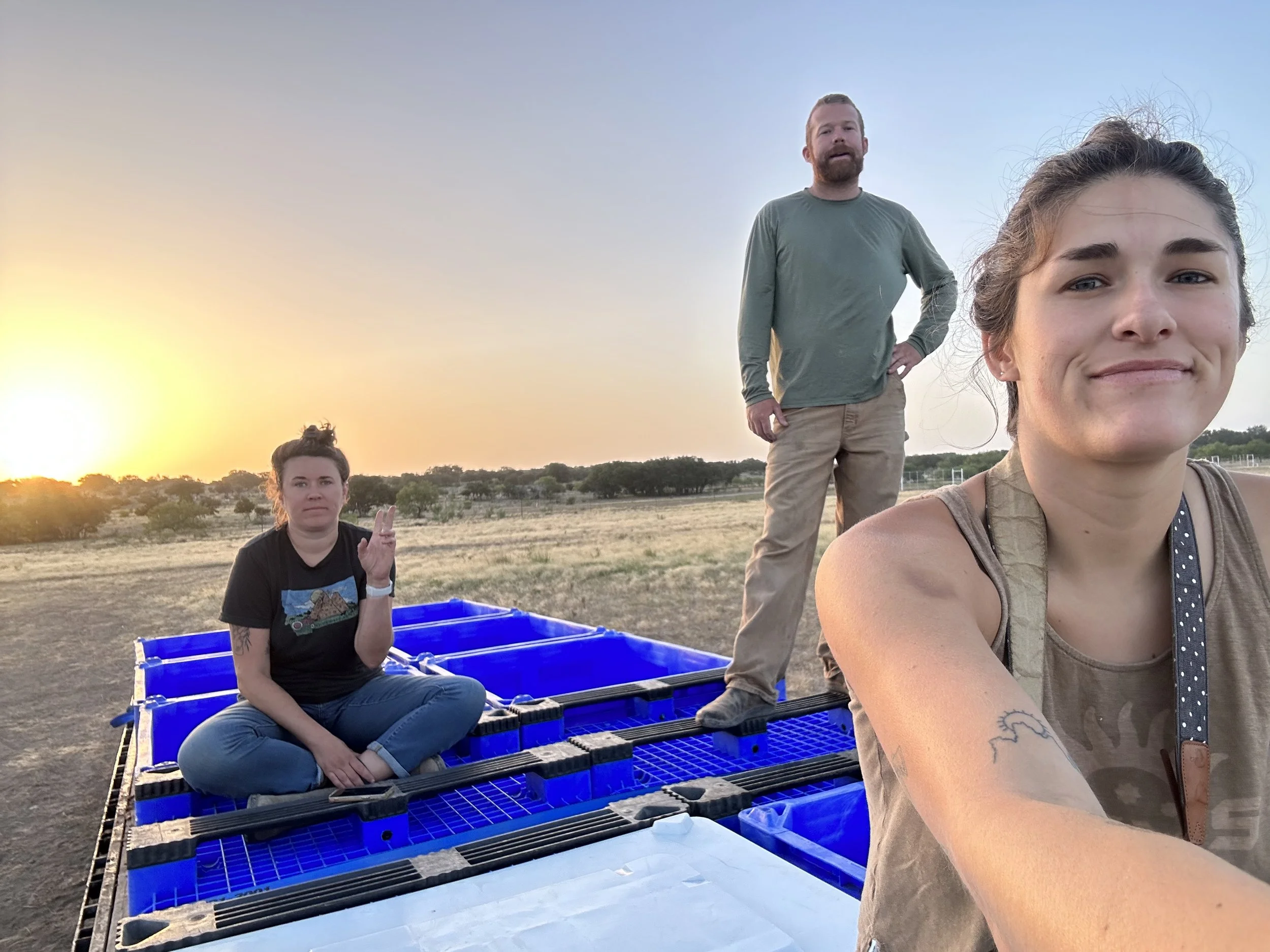


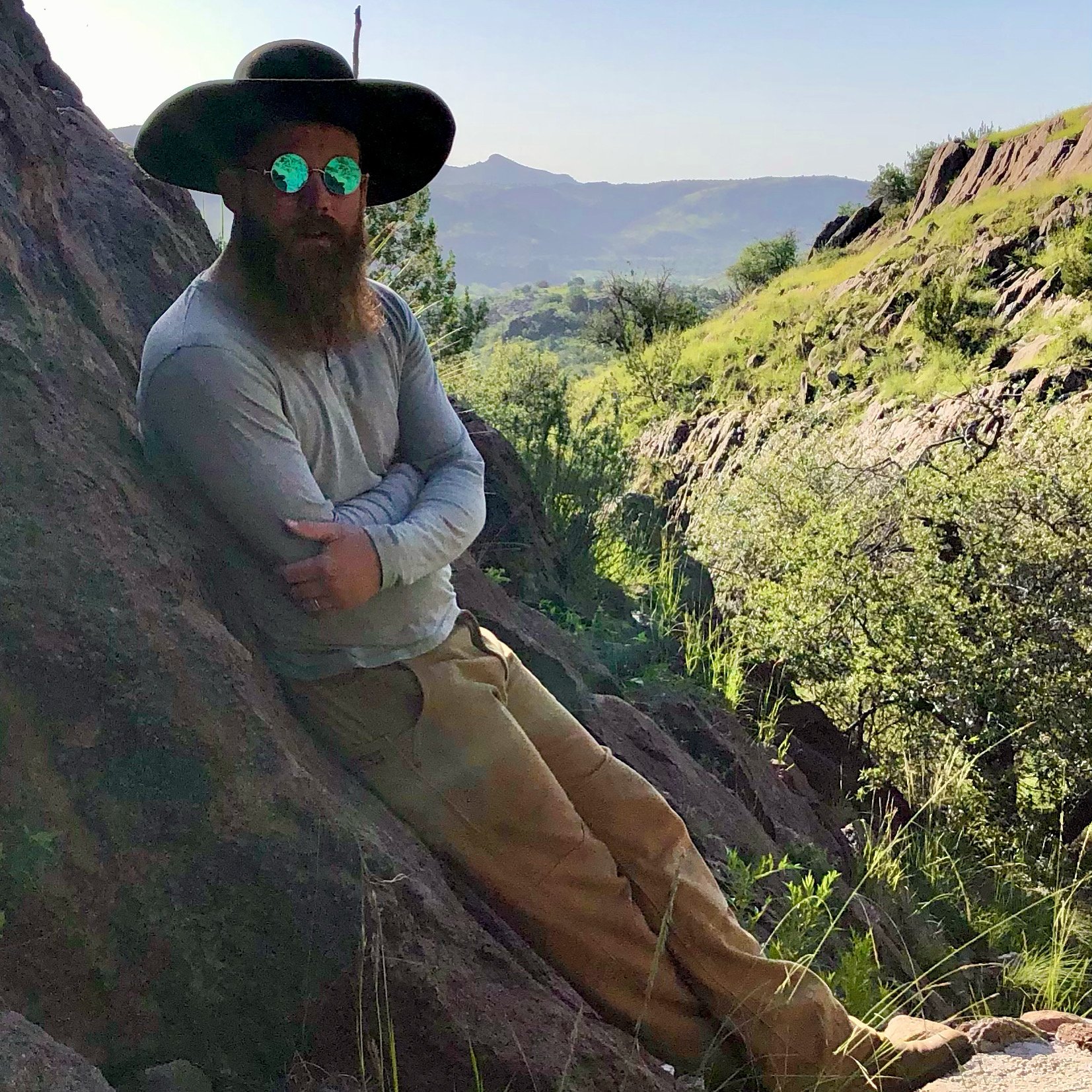
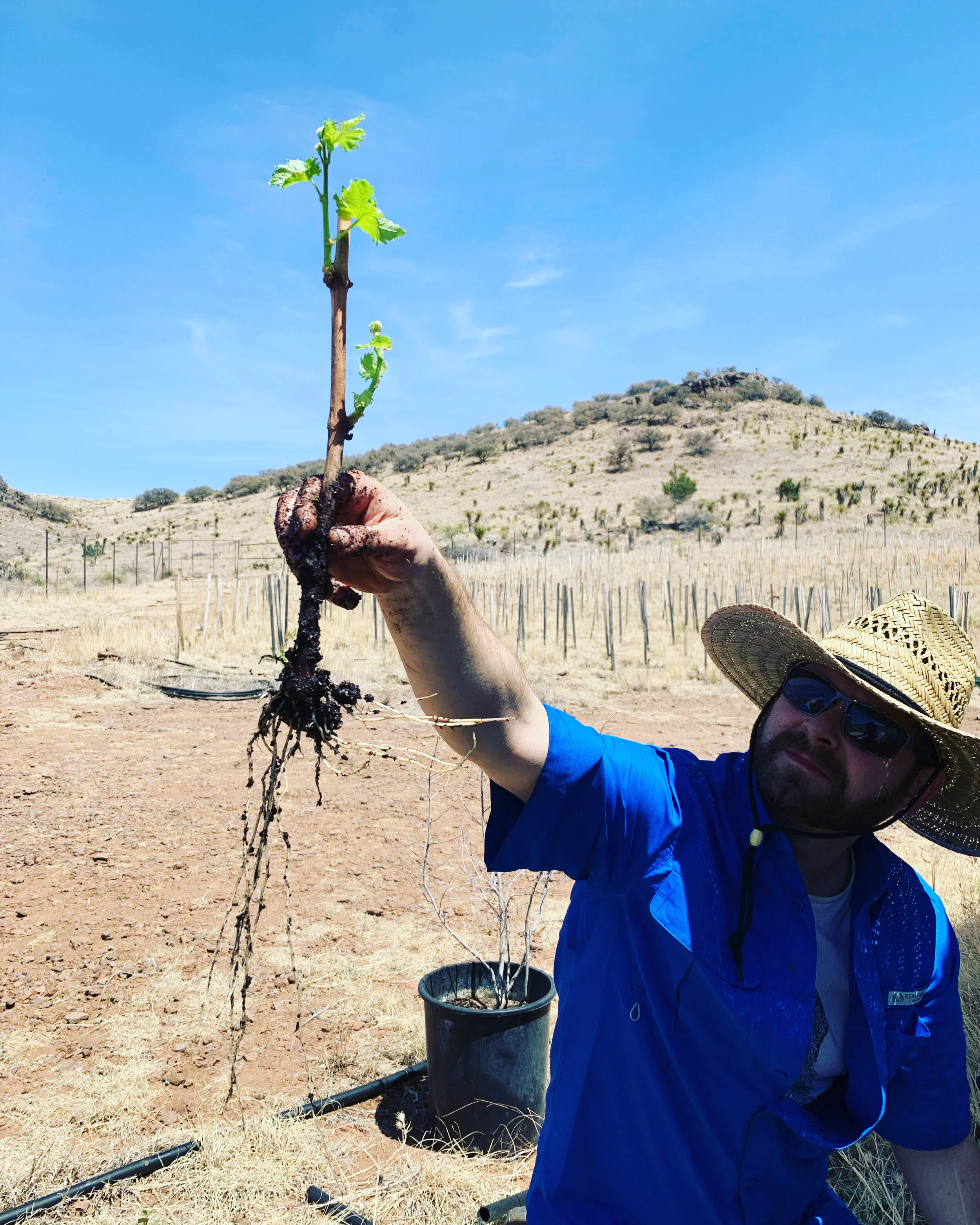



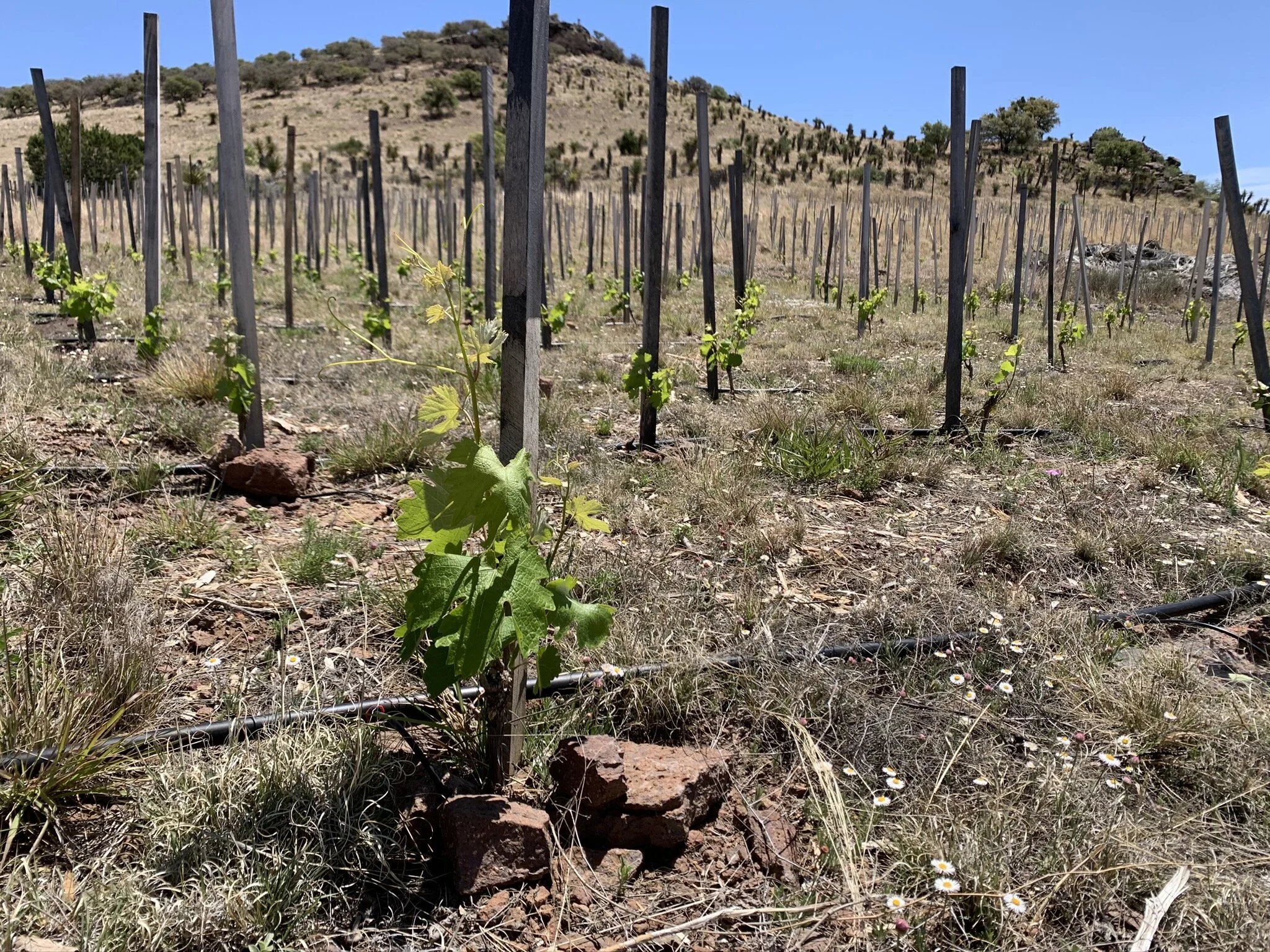

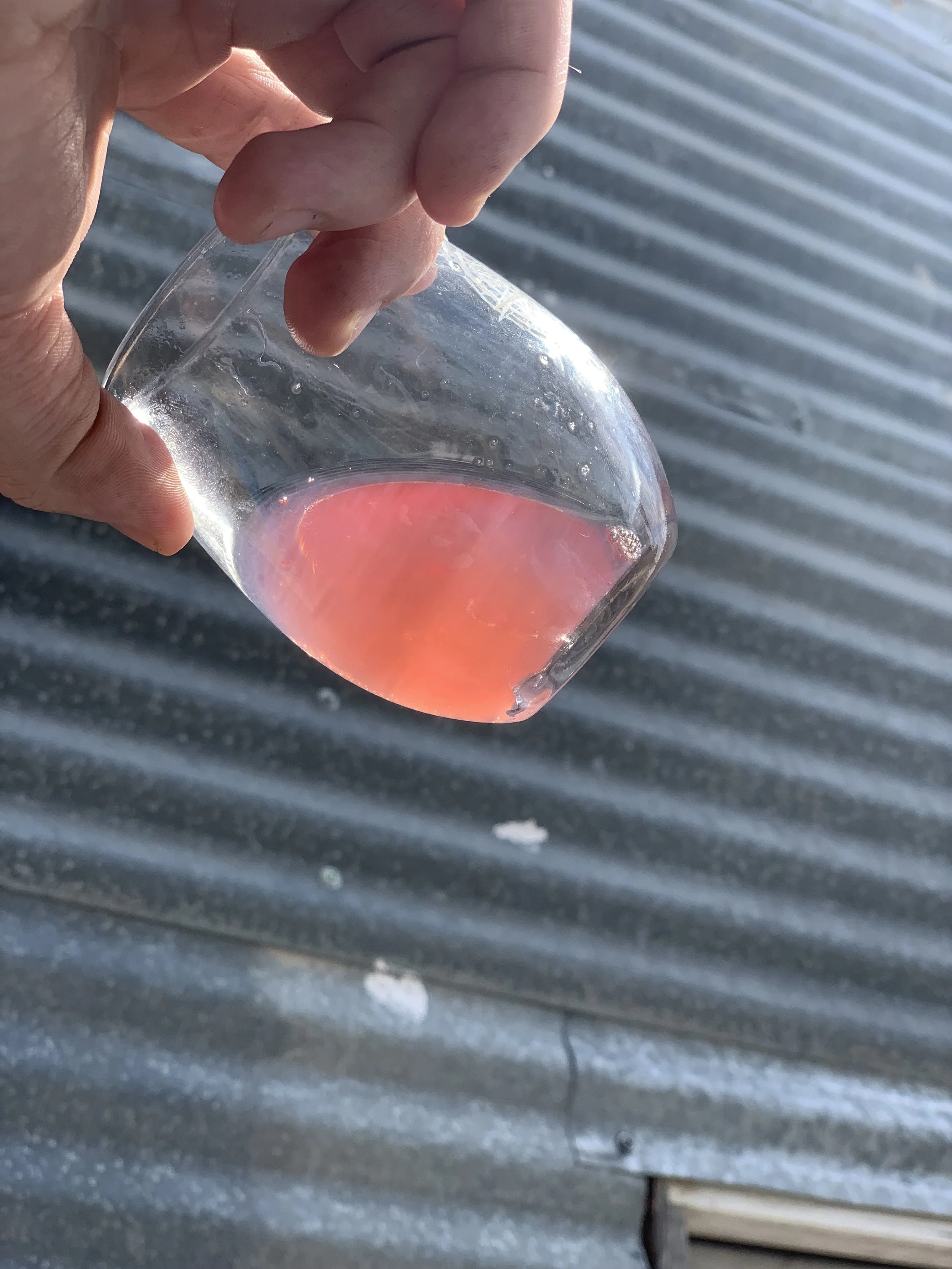

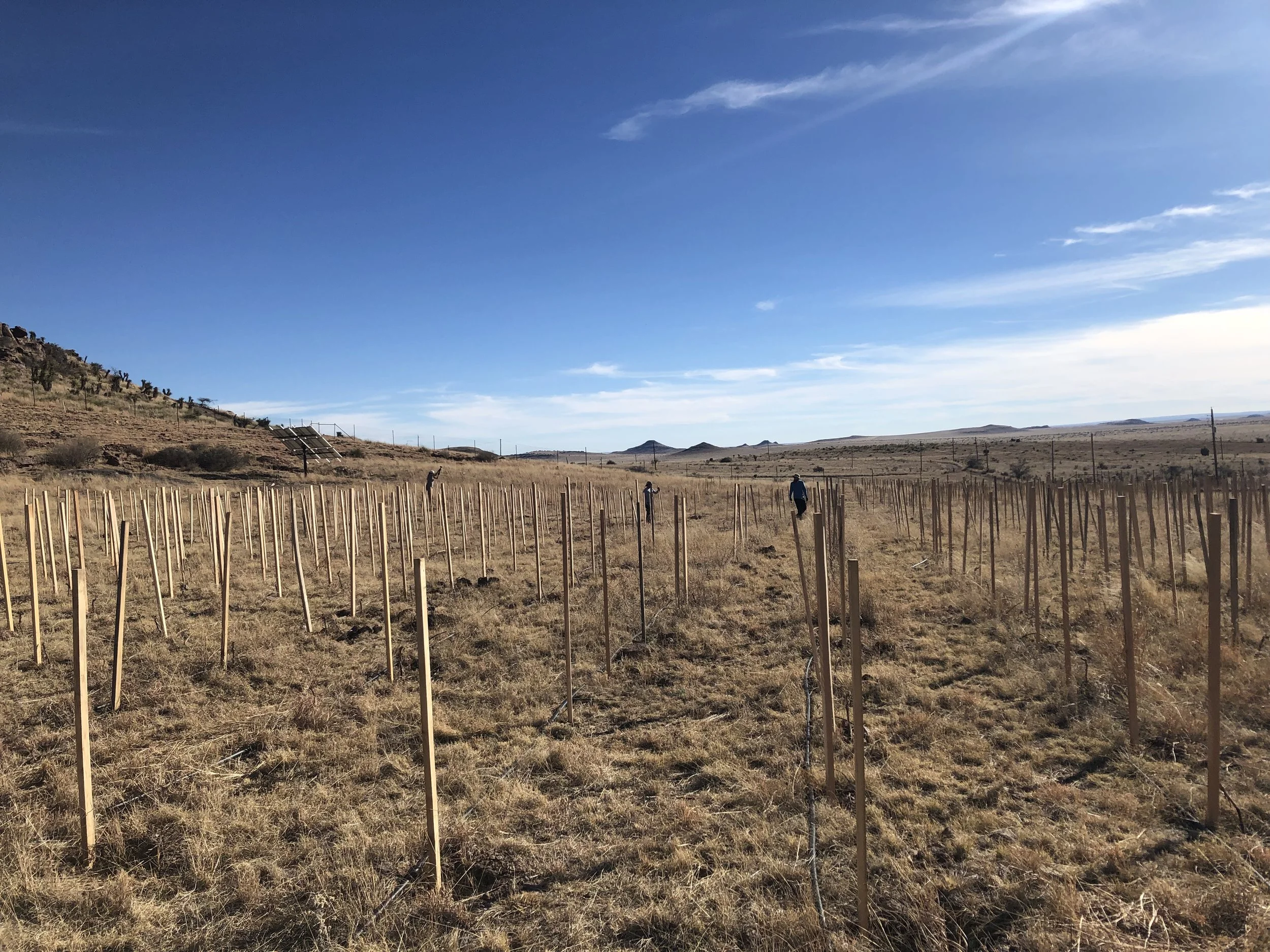





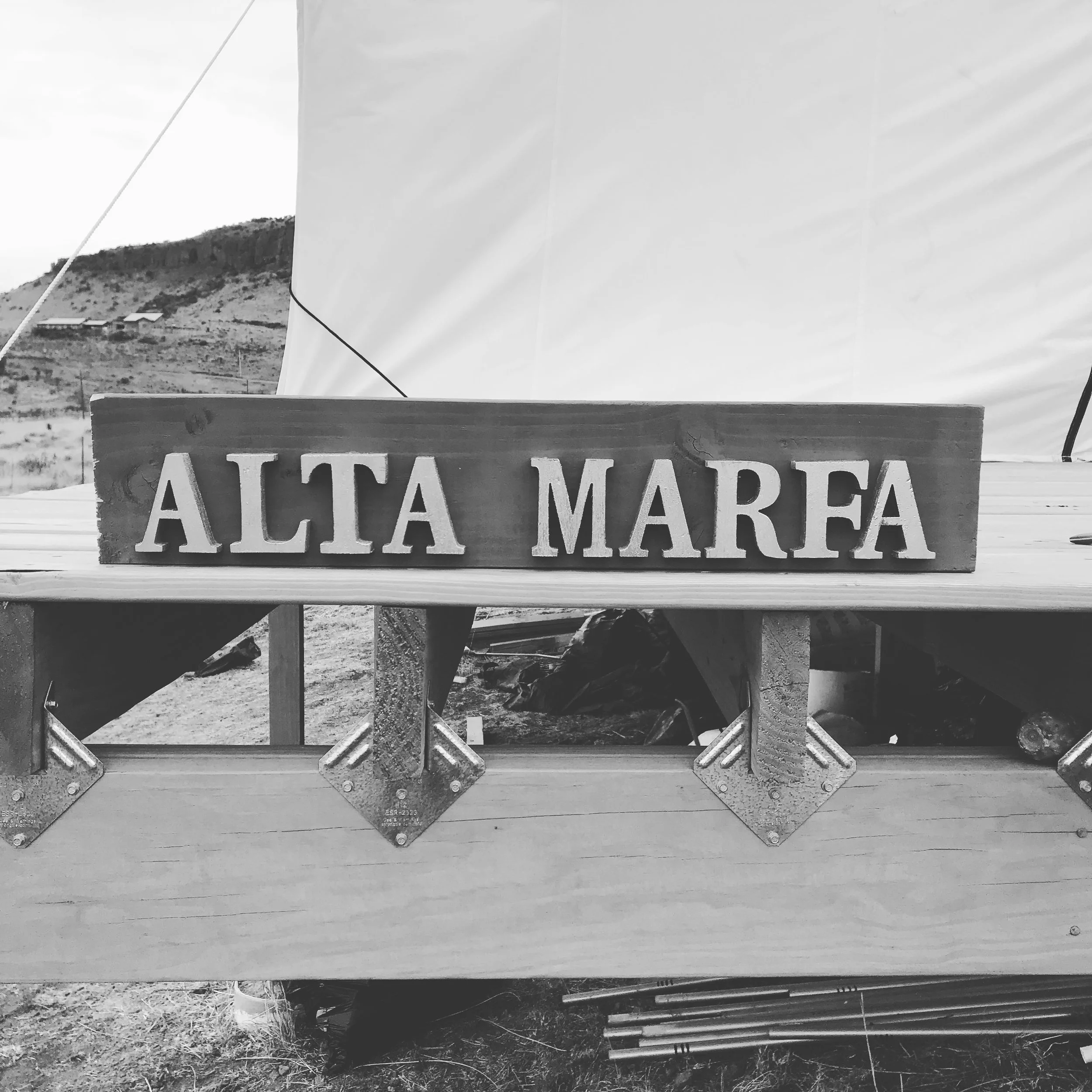

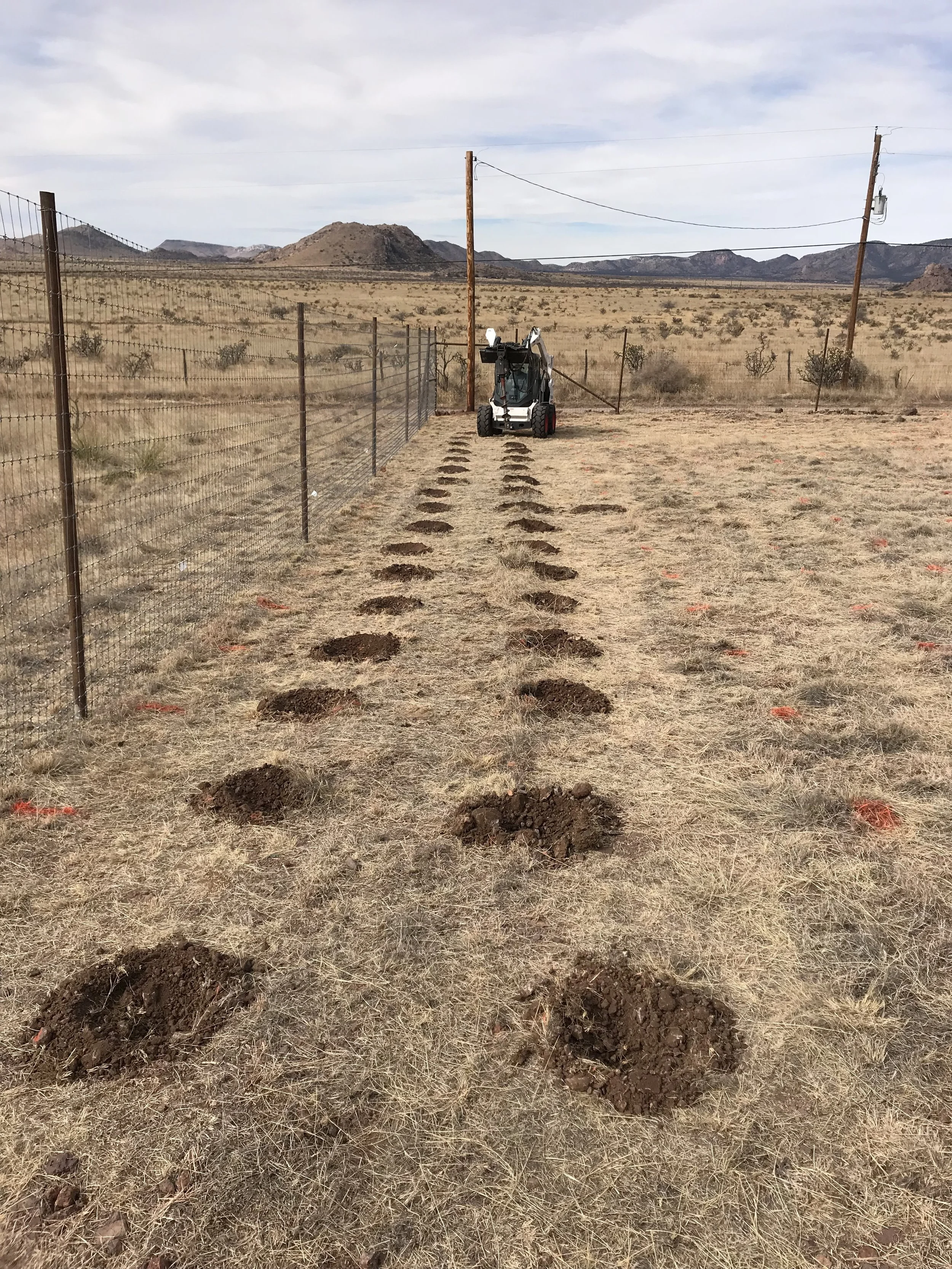








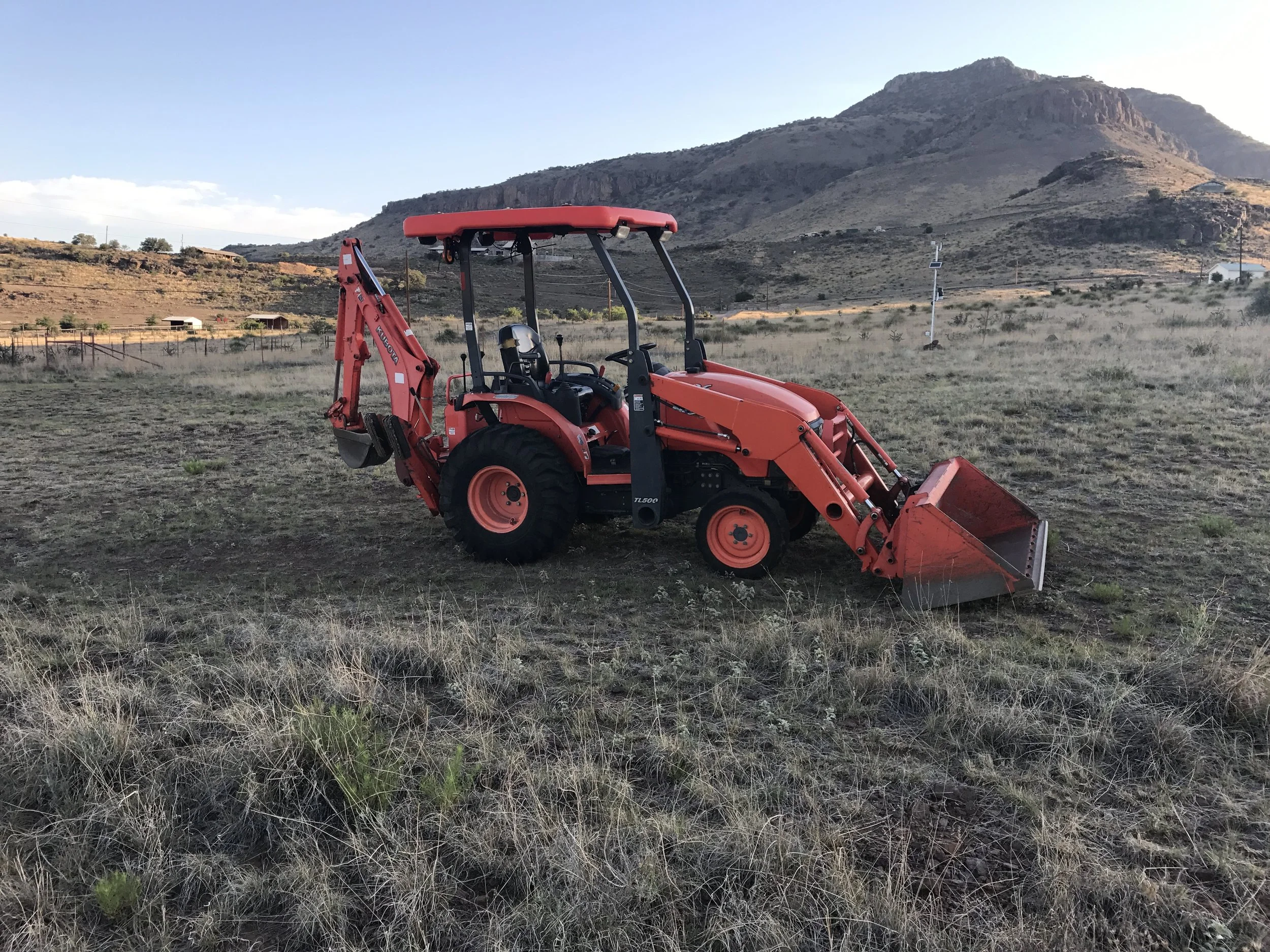
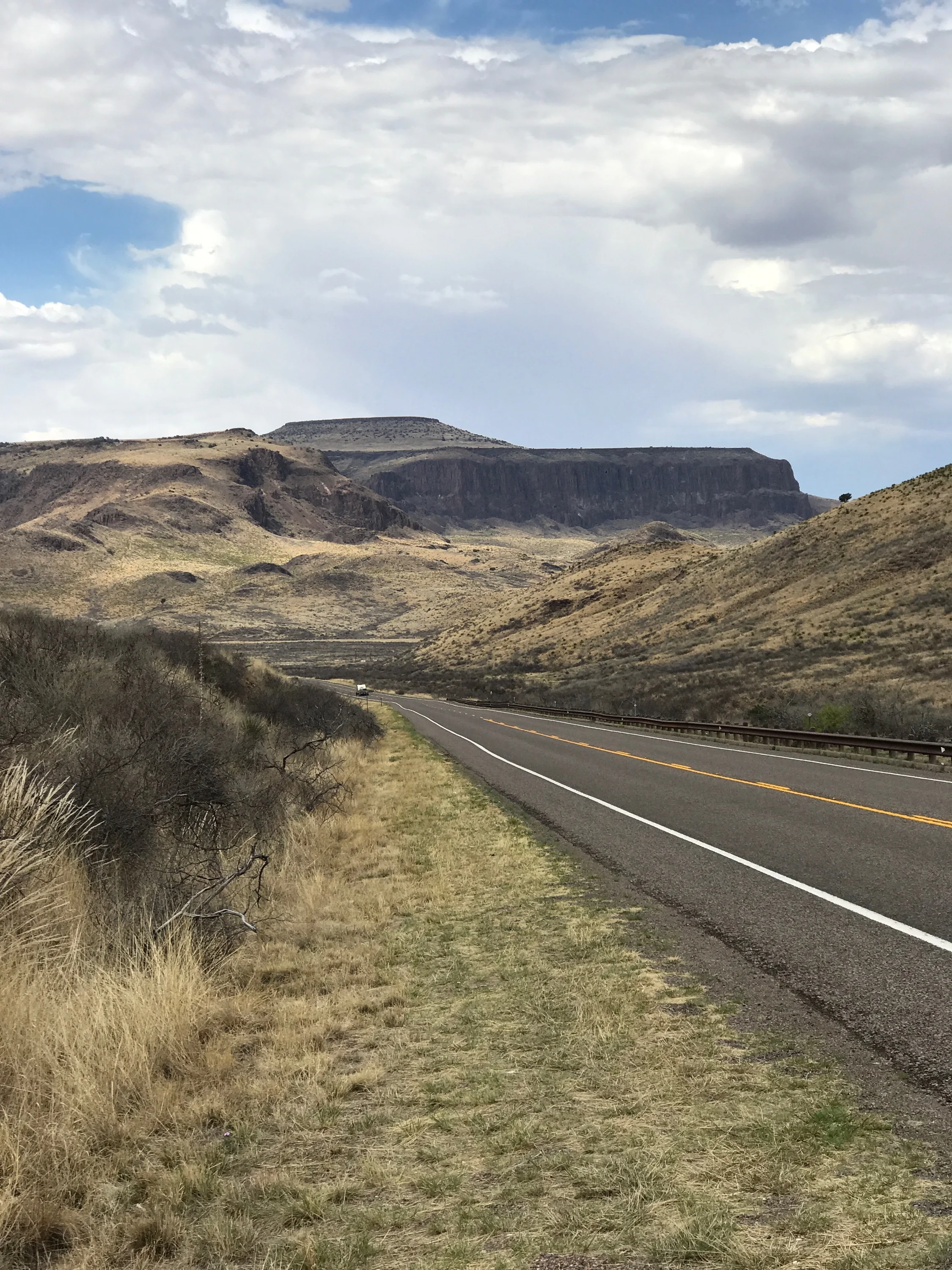















We incorporated Alta Marfa on January 11th, 2016. We have learned so many things along the way, but recently we have realized that some of our first instincts, uninformed by experience, have not only remained central to us but have turned out to be even more important than we first thought.